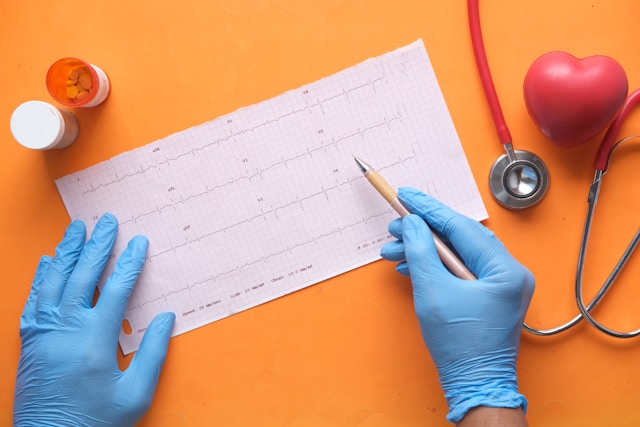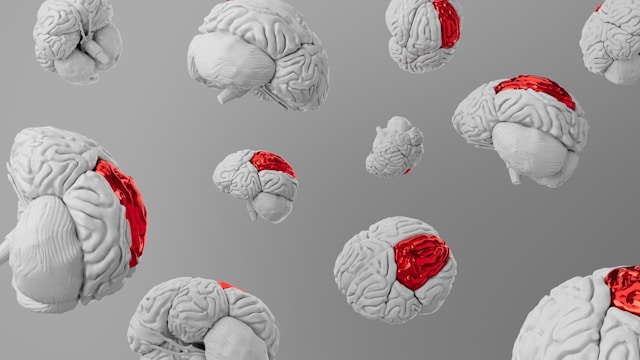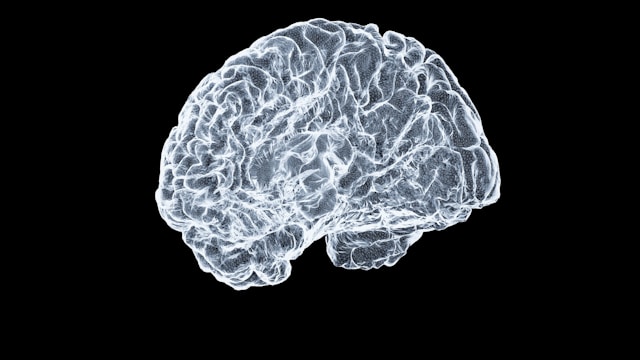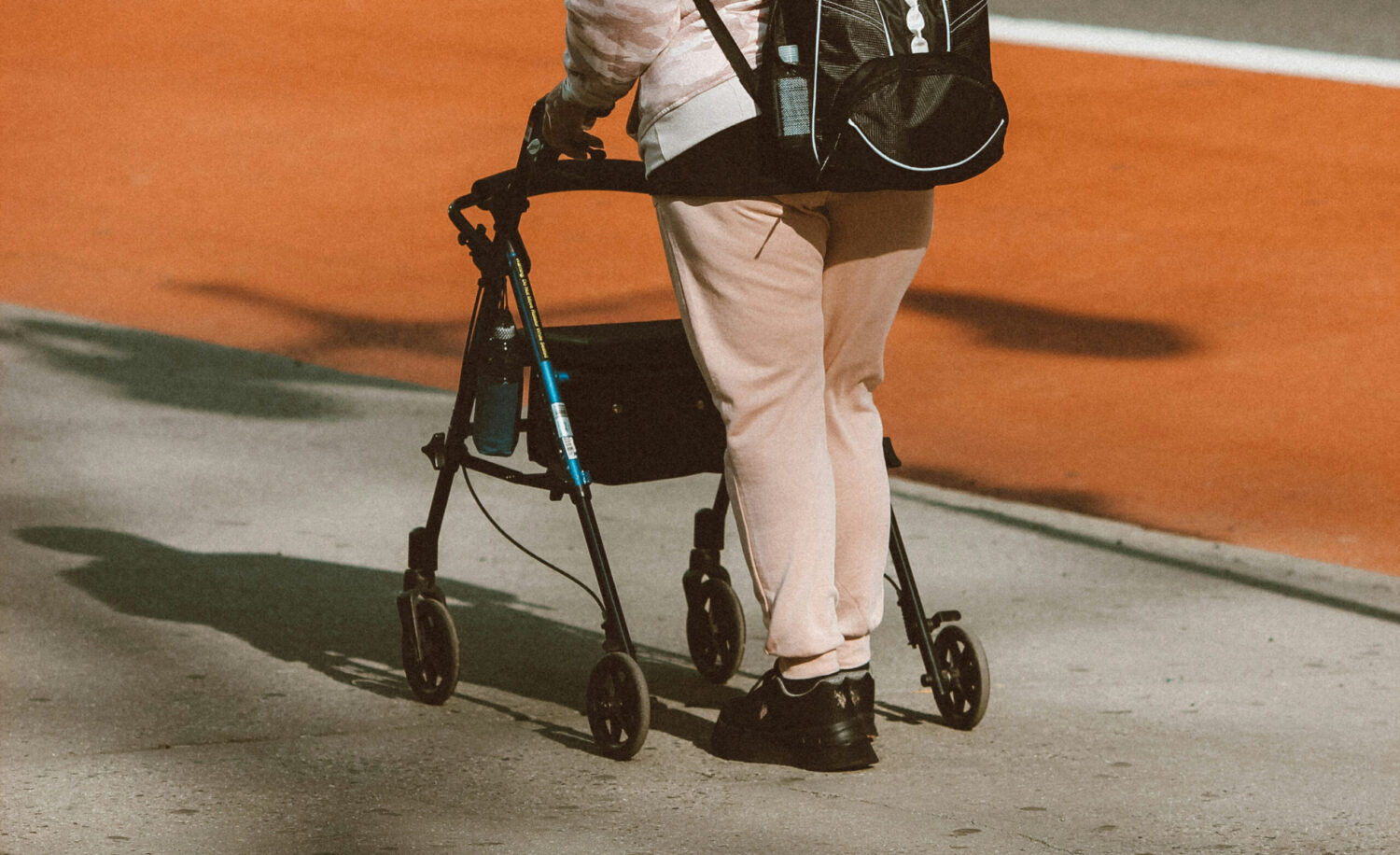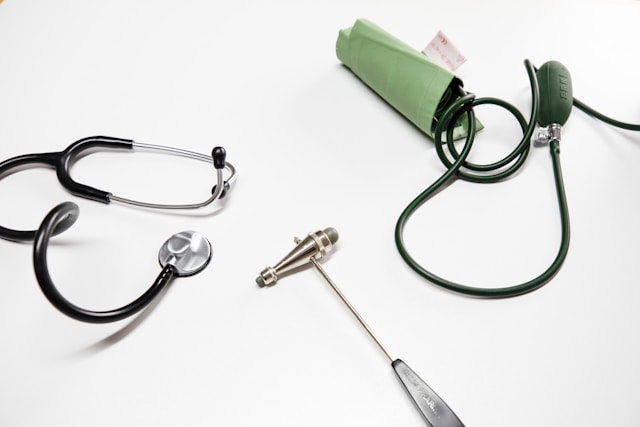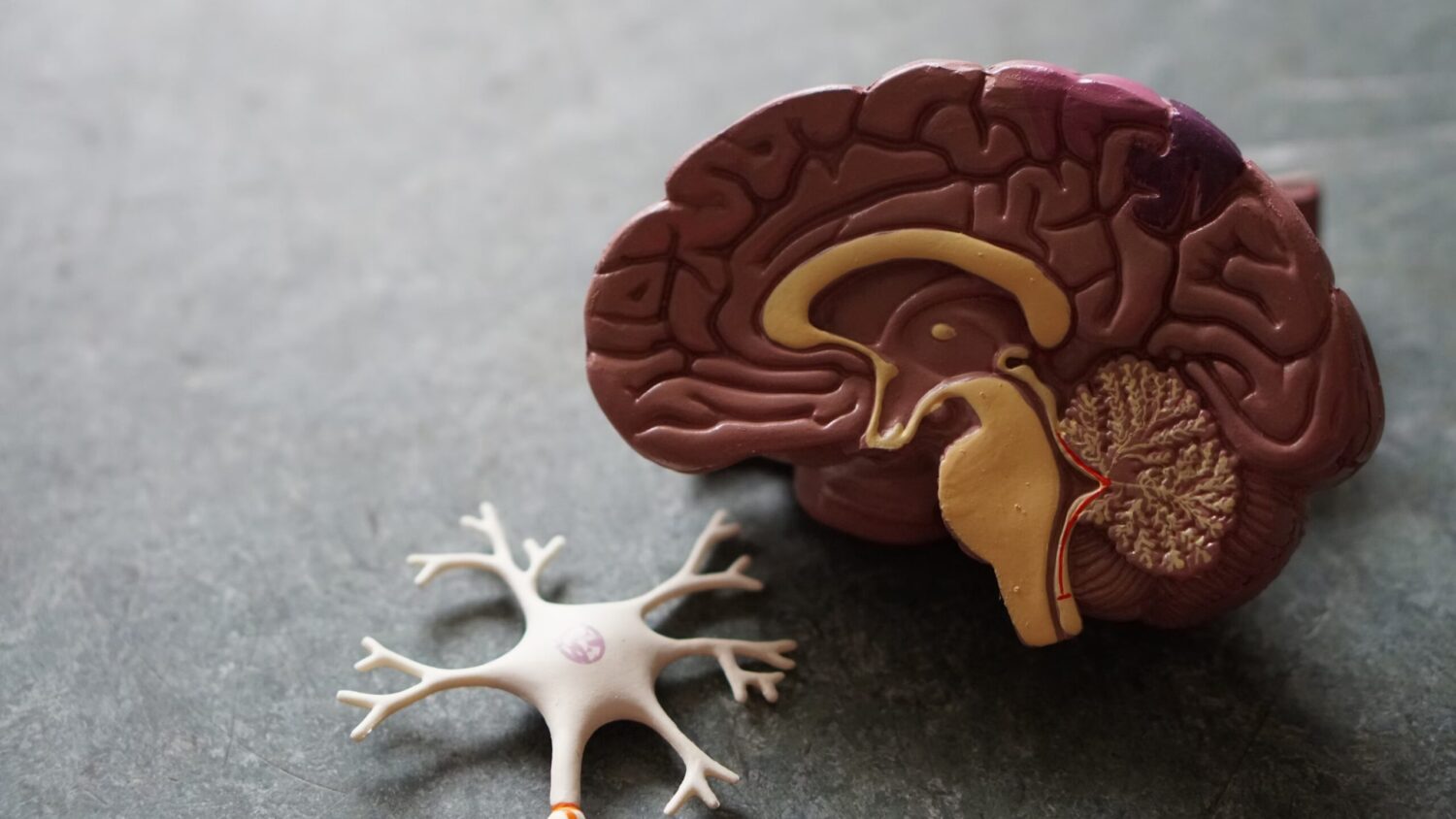Authors:
L.V. Stakhovskaya 1 , N.A. Shamalov 1 , DR Khasanova 2 , E.V. Melnikova 3 , A.S. Agafin 4 , K.V. Golikov 5 , E.I. Bogdanov 6 , A.A. Yakupova 6 , L.V. Roshkovskaya 7 , L.V. Lukin 8 , T.M. Lokstanova 9 , I.E. Patrunenova 10 , L.A. Shchepankevich 1 1
1 Research Institute of Cerebrovascular Pathology and Stroke of the Federal State Budgetary Institution “Russian National Research Medical University named after N.I. Pirogov »Ministry of Health of Russia, Moscow, Russia;
2 GAUZ "Interregional Clinical and Diagnostic Center", Kazan, Russia;
3 St. Petersburg GBUZ "City Hospital No. 26", St. Petersburg, Russia;
4 St. Petersburg GBUZ "City Hospital No. 40 of the Resort Administrative District", St. Petersburg, Russia;
5 St. Petersburg GBUZ "City multidisciplinary hospital No. 2", St. Petersburg, Russia;
6 FSBEI in Kazan State Medical University of the Ministry of Health of Russia, Kazan, Russia;
7 St. Petersburg GBUZ "Nikolaev Hospital", St. Petersburg, Russia;
8 GBUZ "Vsevolozhsk Clinical Interdistrict Hospital", Leningrad Region, Russia;
9 Mubz "City Clinical Hospital No. 1 named after N.I. Pirogov ", Samara, Russia;
10 GBUZ "Samara Regional Clinical Hospital named after V.D. Seredavina ”, Samara, Russia;
11 FGBNU "Scientific Institute of Experimental and Clinical Medicine", Novosibirsk, Russia.
Place of publication:
a journal of neurology and psychiatry, 3, 2017; Ext. 2
Summary:
Purpose of the study. To evaluate the effectiveness and safety of prolonged sequential therapy with Mexidol with patients with hemispherical ischemic stroke (AI) in acute and early recovery periods. Material and methods. In a randomized double-centered placebo-controlled in parallel groups, the study included 151 patients (62 men and 89 women), 150 patients (62 men and 88 women) aged 40 to 79 years were randomized. Patients by simple randomization were distributed to 2 groups: patients of the 1st group received therapy with Mexidol of 500 mg/day intravenously for 10 days, followed by 1 tablet (125 mg) 3 times a day for 8 weeks. Patients of the 2nd group received a placebo according to a similar scheme. The duration of participation in the study was from 67 to 71 days. Results. At the time of the end of the therapy, the average score on the modified scale of Rankin (MSHR) was lower in the 1st group than in the 2nd (p = 0.04). The dynamics of reducing the average score according to MSHR (1-5th visit) was more pronounced in the 1st group (p = 0.023). The proportion of patients who have reached the recovery corresponding to 0-2 points in MSHR (5th visit) was significantly higher in the 1st group (p = 0.039). When testing on a stroke scale of the National Institute for Health to the 5th visit, the average value was lower in the 1st group (p = 0.035). A decrease in the score on the stroke scale of the National Institute for Health at the time of the end of the course of therapy regarding the initial level in patients with diabetes was more pronounced in the 1st group (p = 0.038). In the 1st group in the general population of patients and subpopulation of patients with diabetes, the dynamics of improving the quality of life was more pronounced and was observed from the 2nd visit. The proportion of patients with the lack of problems in space was significantly higher in the 1st group (p = 0.022). There were no reliable differences in the frequency of unwanted phenomena in patients of both groups. Conclusion. It is recommended that the use of Mexidol in the acute and early recovery periods of AI is recommended.
